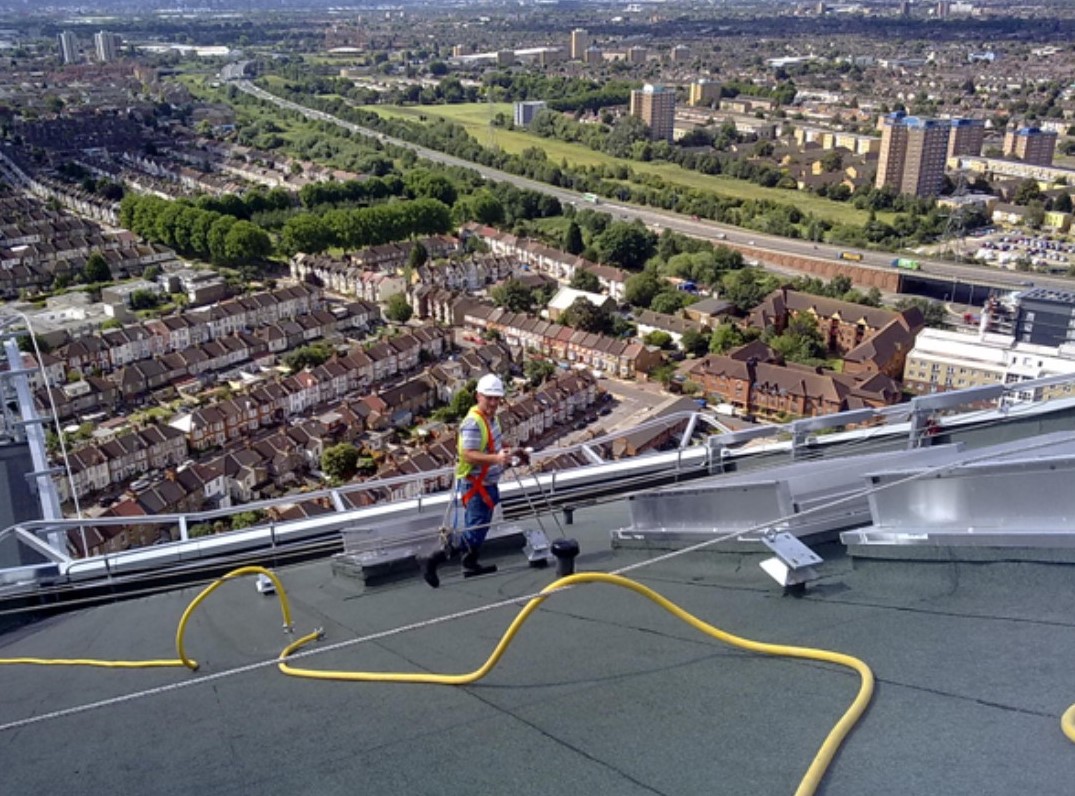It is some 30 years since the low voltage “wet” test method was developed and introduced to the market.
Originally intended for locating the source of leaks in flat roofs, it quickly developed into a tool for establishing the waterproofing integrity of new installations. It is preferred over the old system of flood testing.
This now allows efficient handover, helping speed up internal fit-out and construction.
High voltage “pinhole” testing as used on bridge deck waterproofing, can often also be employed on roofs and other structural waterproofings.
By employing a member of RAWTA, you can be confident of true independence in testing, that will follow accepted guidelines.


